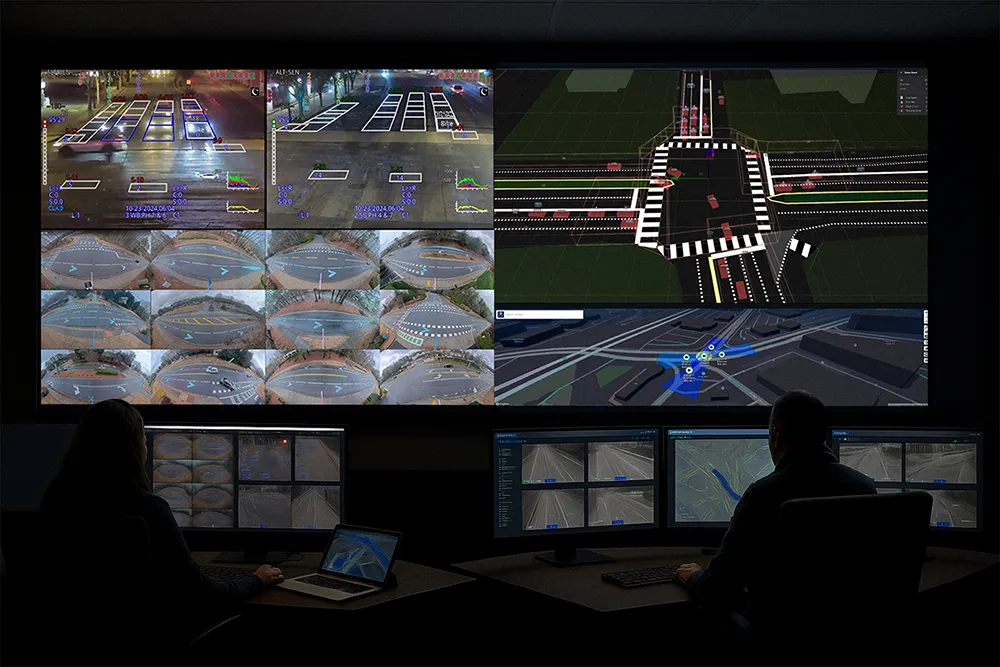
Cars of the future will connect drivers with their home, work and entertainment, while enhancing safety and productivity, says
“The technology is not the problem,” explains Jean-Yves le Gall, International Design Manager, Continental Automotive Systems. “It is connected to the digital environment. You need critical mass, enough users.” As well as accessing online services and apps in the car – with preferences and individual settings of devices seamlessly transferred into the vehicle - the driver can also connect in-car to systems such as home heating.
Continental’s concept car also features an automated voice interface which is sophisticated enough to question whether the driver really wants the climate control to be changed, for instance. “That sort of dialogue sounds natural and is of more value to the user,” le Gall suggests. “If we want people to accept the service, it must not be too intrusive.”
The vehicle system can also authenticate individual drivers through face recognition, rendering it less of a target for thieves. Increasing digitalization and connectivity allows the usage of new data sources for intelligent management of transport – and as part of this smart mobility ecosystem, partnering with other companies gives them access to richer customer profile data too.










